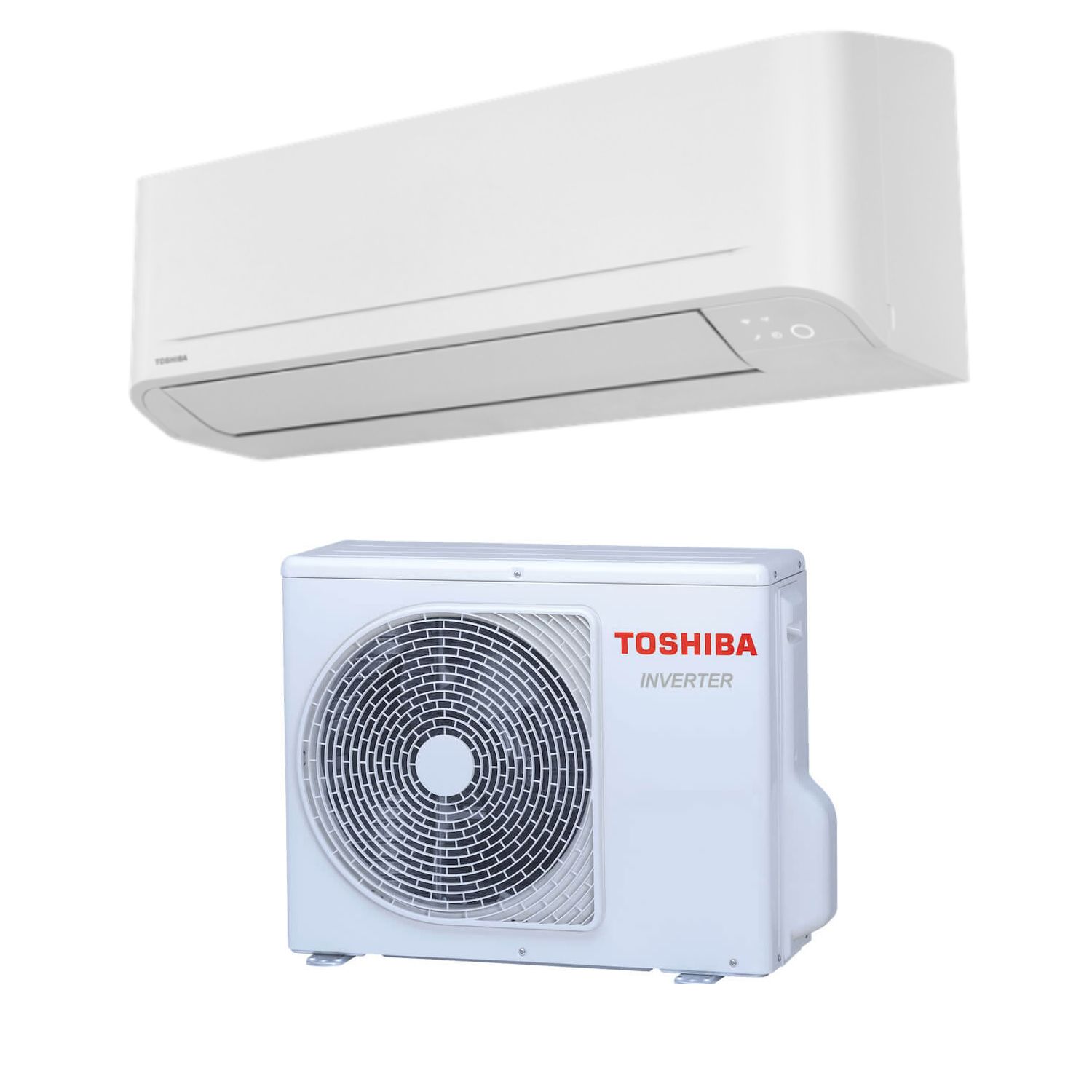
Smart Cooling Technology: Toshiba Inverter vs Hitachi Smart Flexi
In the air conditioning industry, smart cooling technology has revolutionized the way we manage indoor climate control. Toshiba and Hitachi are respected manufacturers known for their innovative approach to smart cooling solutions. Let's dive into a comparison between Toshiba and Hitachi's Smart Flexi inverter technologies to determine their respective smart cooling strengths:
Toshiba inverter
-
Advanced inverter technology: Toshiba inverter technology is at the heart of its smart cooling solutions. The inverter compressor adjusts the rotation speed according to the cooling needs of the room, providing precise temperature control and energy efficiency. This dynamic operation allows the air conditioner to maintain a comfortable indoor environment while optimizing energy consumption.
-
Smart Sensors: Toshiba air conditioners are equipped with smart sensors that continuously monitor environmental conditions such as temperature and humidity levels. These sensors provide real-time feedback to the system, allowing it to adjust cooling settings accordingly for maximum comfort and efficiency.
-
Wi-Fi connectivity: Some Toshiba air conditioner models have Wi-Fi connectivity, allowing remote monitoring and control via smartphone apps. This feature allows users to adjust temperature settings, monitor energy consumption, and schedule operations from anywhere, providing convenience and flexibility in managing their indoor climate control system.
-
Energy saving modes: Toshiba air conditioners are equipped with energy saving modes such as Eco mode and Sleep mode, which further optimize energy consumption without compromising comfort. These modes adjust cooling settings based on workload and time of day for efficient operation and cost savings.
Hitachi Smart Flexi
-
Intelligent Refrigerant Flow (VRF): The Hitachi Smart Flexi air conditioning system uses intelligent VRF technology to provide precise and efficient cooling. The VRF system dynamically adjusts refrigerant flow to match the cooling requirements of different areas of the building, optimizing energy consumption and comfort levels.
-
Indoor Occupancy Detection: Hitachi air conditioners are equipped with occupancy detection sensors that automatically adjust cooling settings based on room occupancy. By detecting human presence, the system can activate or deactivate cooling in specific areas, maximizing energy savings while maintaining comfort.
-
Zone Control: Hitachi's Smart Flexi system provides zone control, allowing users to set individual temperature and airflow settings for different areas of a building. This zoning capability allows for customized comfort settings and energy-efficient operation by focusing cooling efforts only where needed.
-
Smart Integration: Hitachi air conditioners are compatible with smart home integration systems, providing seamless connectivity with other smart devices and home automation platforms. This integration allows users to create custom cooling schedules, monitor energy consumption, and receive alerts about maintenance or system issues, increasing overall convenience and control.
Conclusion
Toshiba's air conditioner inverter technology and Hitachi's Smart Flexi system offer advanced smart cooling solutions designed to optimize energy efficiency and comfort. While Toshiba stands out for its dynamic inverter technology, smart sensors and Wi-Fi connectivity for remote monitoring and control, Hitachi stands out for its intelligent VRF, presence detection, zone control and smart integration capabilities. Ultimately, the choice between them depends on individual preferences, specific requirements and desired features to provide smart cooling in residential or commercial applications.






